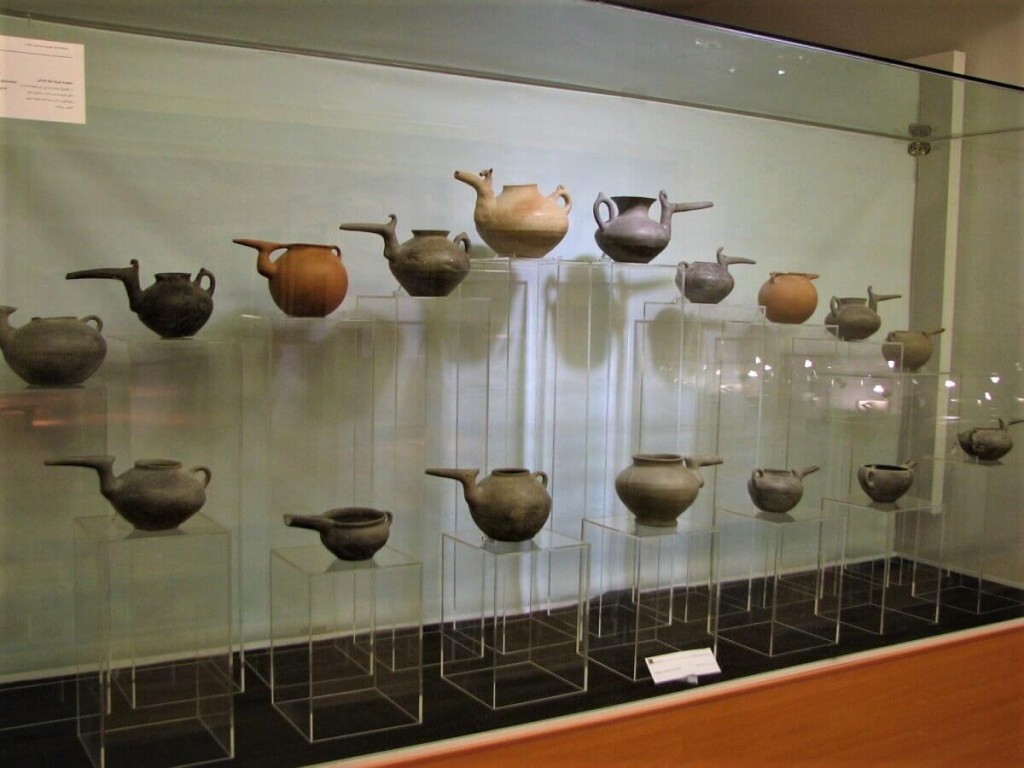
This is the post I’d promised you to write about. The Iranian objects returned from Belgium, known as Khorvin artifacts, are now displayed at Tehran’s Archaeological Museum. This temporary exhibition is showcasing all the objects returned home from Belgium after almost a century. The photos you see at this post are all taken at this exhibition.
Here, first I introduce the ancient site of Khorvin OR Khorwin:
The Site of Khorvin & Its Findings
At approximately 80 km North West of Tehran, at the North of Karaj-Qazvin highway, there’s an area with two well-known historic mounds of “Ganj Tappeh” and “Siah Tappeh”. In 1949, Archaeological Center of Iran found out that particular type of ancient artifacts are being bought and sold among people. The center discovered these two historic mounds and carried out a series of excavations in elliptical graves. The findings were 228 objects that were transferred to the National Museum of Iran (the same as Archeological Museum of Iran) to be safeguarded there.
The burial rituals of the communities living there included various grave goods like pottery vessels, clay figurines as well as stone and bronze objects. In addition, they had ornamented these dead bodies with personal adornments like necklaces, diadems, earrings, bracelets, pins and pendants. Among the potteries unearthed, the majority was gray potteries without painted motifs and few plain red potteries were also discovered that looked like some other ones found in Tehran’s big plain.
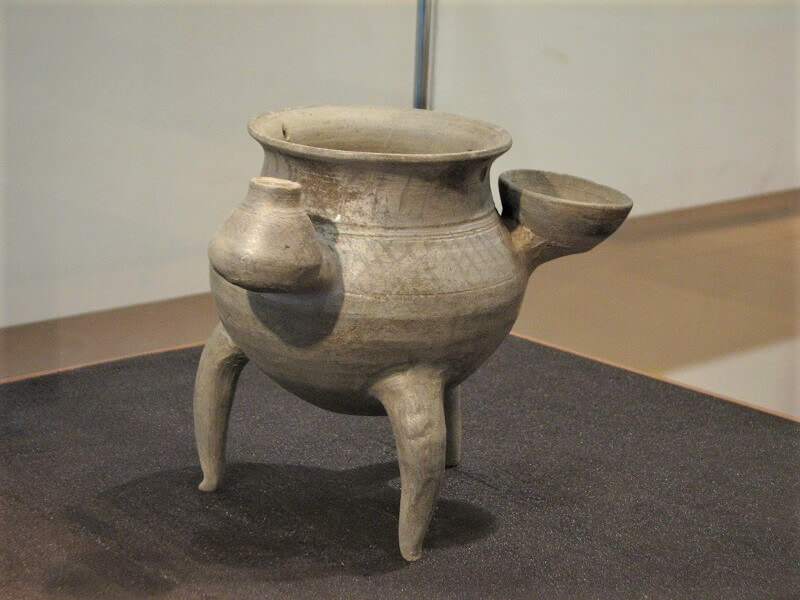
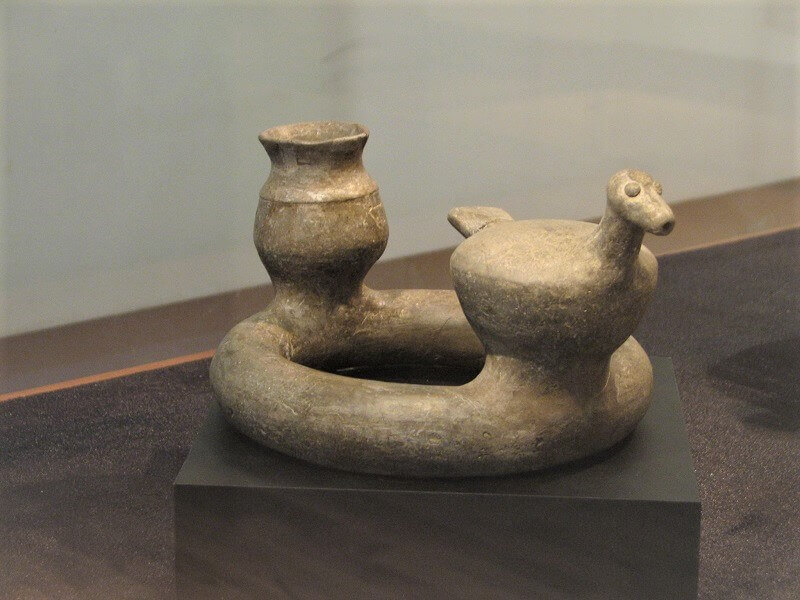
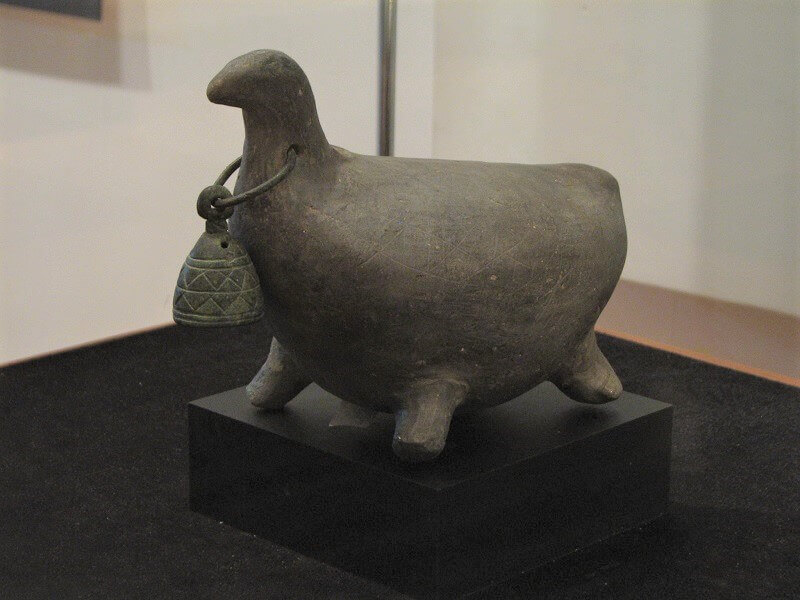
There are numerous bronze objects discovered in Khorvin site. However, the items made of copper and iron are rare. A large number of bronze objects of Khorvin are agricultural tools as well as weapons like dagger, spears, axes, maces and arrowheads. In addition, some objects are human figurines which have been interpreted as representations of warriors.
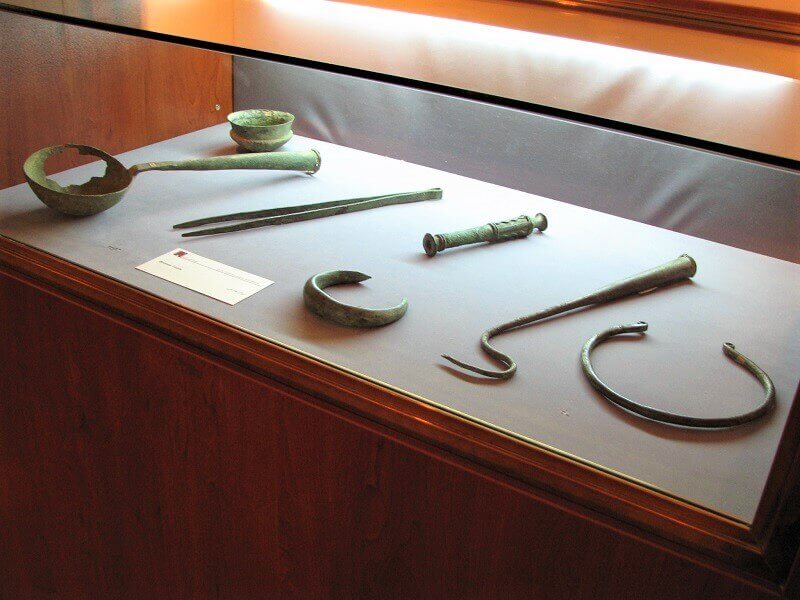
Importance of Khorvin Objects in Archaeology & Ancient Sociology
The Iron Age lasted almost a millennium, from mid-2nd to mid-1st millennium and came after Bronze Age. Archaeological theories discuss that gray potteries were introduced in Iranian craftsmanship since Aryan migration started in Iran (approximately at the same time of the Iron Age). Khorvin findings support this idea too. The resemblance of the findings from North, North West and North East of Iran as well as these items to the findings of a large number of the other historic mounds found at other parts of Iran provide reliable documents for the Aryans’ migration story to the Iranian Plateau.
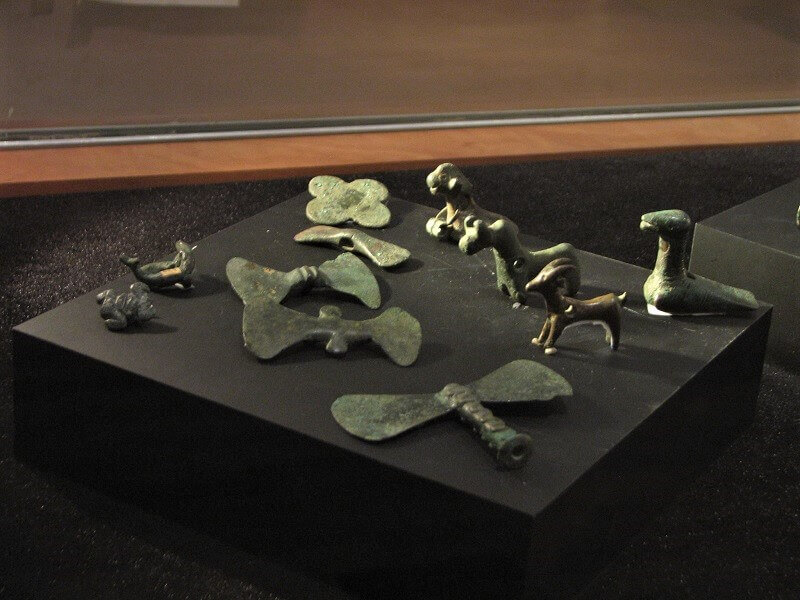
Moreover, these returned items from Belgium maintain the important role of the communities, living at the Northern and Southern foothills of the Alborz mountain range, in major cultural developments. The Southern foothill of the Alborz, where Khorvin is situated, has always been fertile with local economies thriving. Several small rivers could have been tapped as best water resources for agriculture and animal husbandry. Therefore, the inhabitants of these communities were more focused on producing food and improving living conditions than warfare. Interestingly enough, it’s been found out that the number of the weaponries in Khorvin objects was less than other sites in other regions of Iran.
The widespread usage of iron items in Iranian Plateau during the 9th century BC are convincing witnesses to the social, political and economic changes. The construction of particular public buildings and temples during this era is also indicative of such major developments.




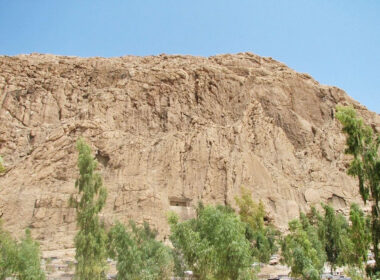
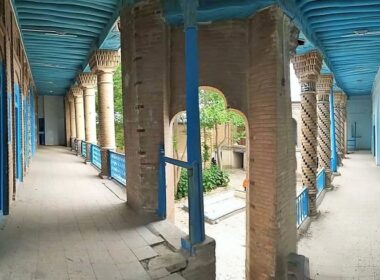
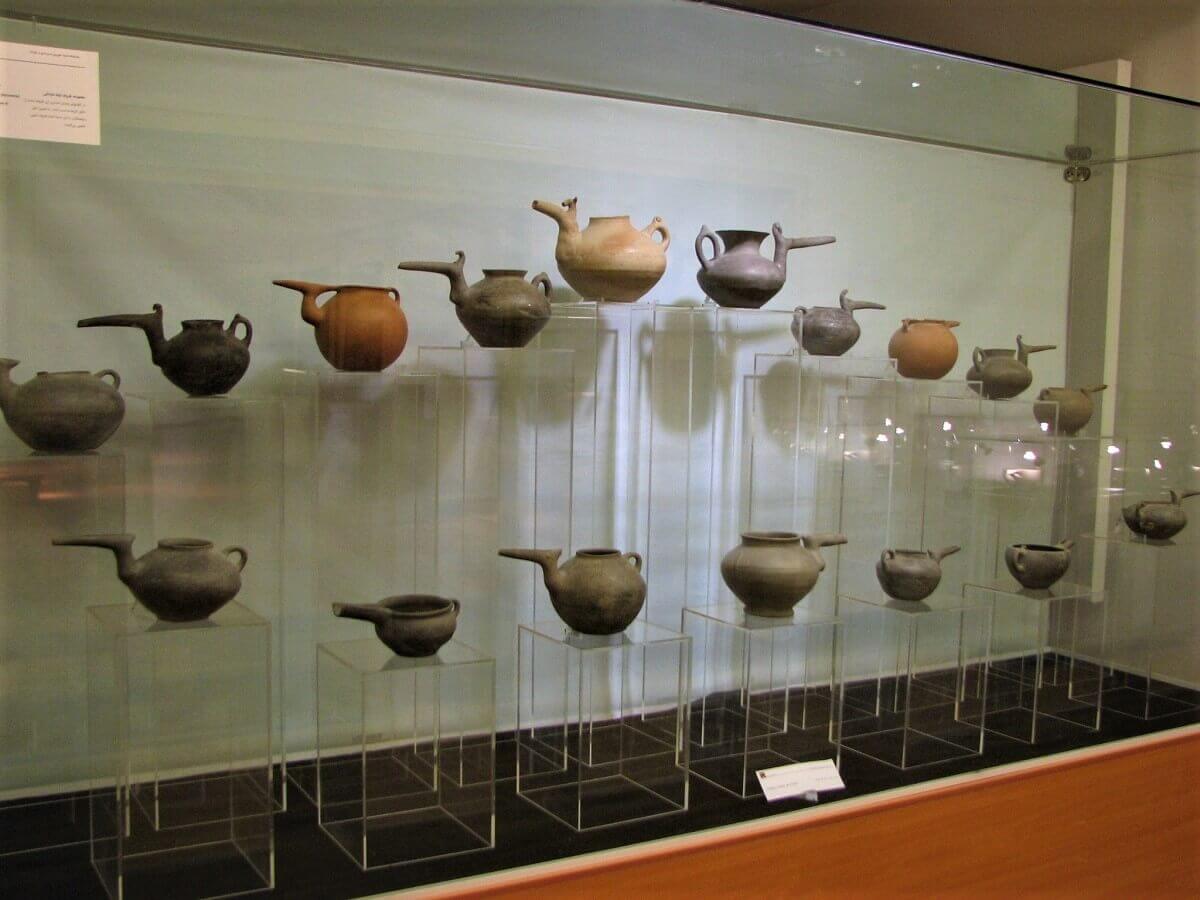
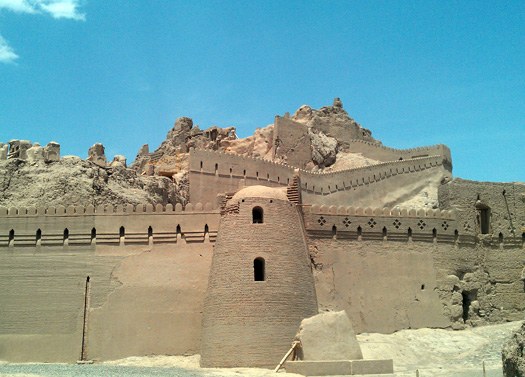
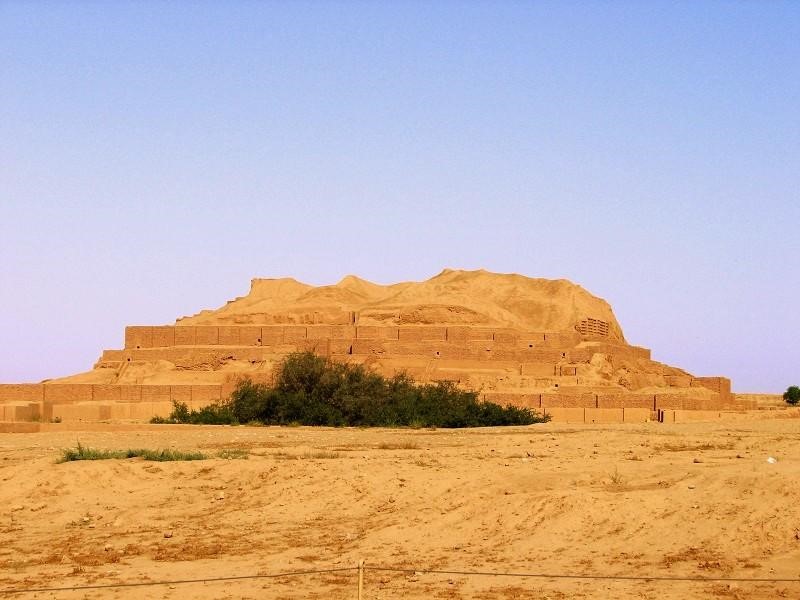
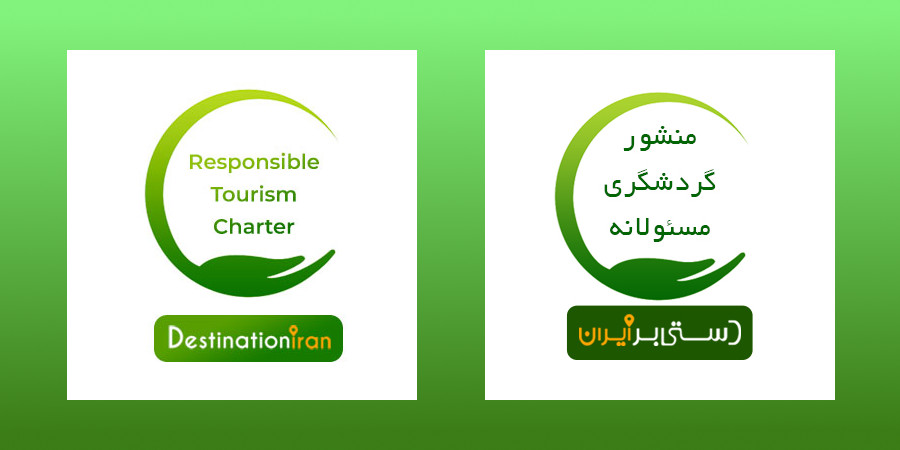
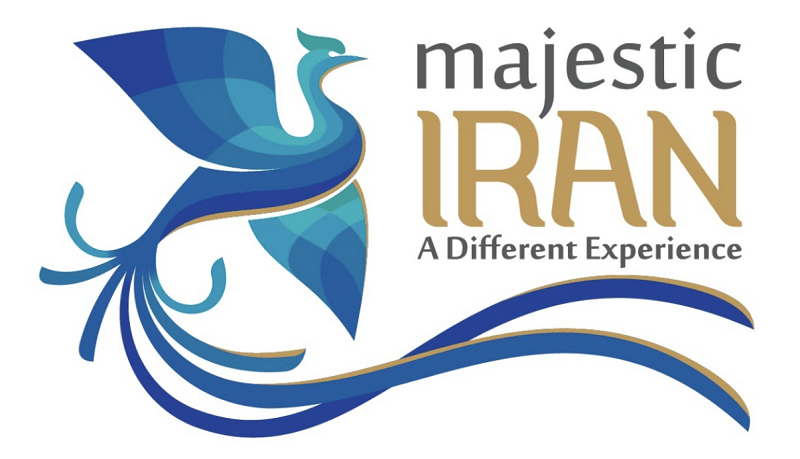

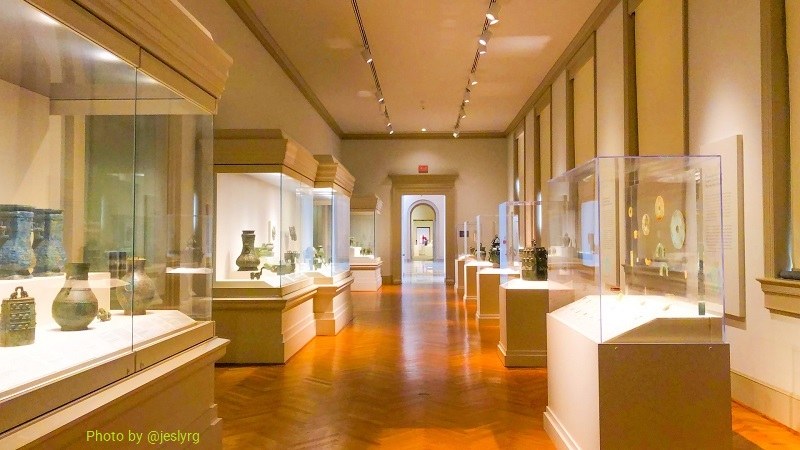



It is amazing how imaginative and attractive many of these objects are. Many might easily feature as modern-day art!
I am pleased that there are so many visitors travelling to Iran that hotel space is now under pressure. I would be heartbroken if, were I to return, I could not stay at Hotel Abbasi in Isfahan.
You’re right. Many of them look like modern style. Grayware potteries couldn’t be painted on. Therefore, they had to evolve the shapes or incise the surface of the works.
Regarding Abbasi Hotel, I understand what you mean. However, there’s only one such a hotel in the entire country and lots of demands for it. Therefore, we will have to book quite ahead of time to make sure there’s a vacant room available.
Rahman — it’s wonderful that Iran can now display these artifacts. Your country is one of the cradles of civilization with a rich heritage of ancient objets d’art.
This is true. Fortunately such awareness can lead to actions taken at this level. The people across the world still need to know more profoundly about the importance of some archaeological findings here.
Hello dear Rahman. I am very very happy to see your helpful site and blog , and I hope see you soon .
Warm Regards
Thank you Amir. I’m happy you like the content of my website. I would love to see you again too. It’s been a long time now.
Hi Rahman,
I really appriciate recieving these news-letters! And it’s so good reading that tourism is growing in your breath-taking and ancient country!
I will come back one happy day!
Reading about Bam was warming! That rare and beautiful place is living again! Marvellous!
Anne
I’m happy Anne that you like the newsletter and the blog posts introducing Iranian sites and history. And about Bam, yes, it’s coming back to existence. People have started visiting it. The restoration continues.
I hope to see you again in Iran. I’m planning some particular types of tours soon. Just stay in touch and you will learn about them.
Top! I look forward to more of Iran!
Anne
What an interesting collection, would love to see them first hand!
Yes Becky, this is such a great collection, but unfortunately these objects are all on display temporarily. There are so many fascinating objects in national museum and other museums of Iran that require a lot more space to be properly displayed. However, a visit to see the ones showcased will be amazing enough.
A thoughly interesting and informative article. Please keep up your reports on new archaeological discoveries in Iran.
Cheers
Graham
Thank you Graham. I’m happy you like this category on Destination Iran’s blog. I will surely do so. Thanks for leaving your comments here.